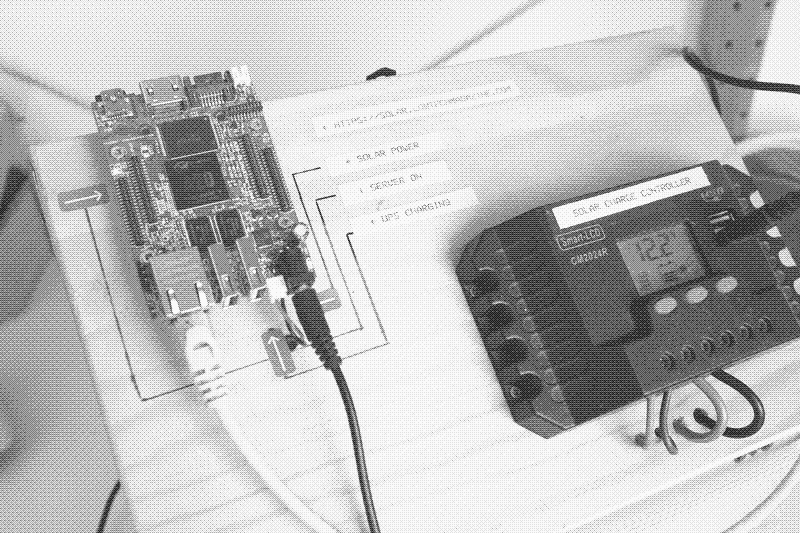Low-tech Magazine was born in 2007 and has seen minimal changes ever since. Because a website redesign was long overdue — and because we try to practice what we preach — we decided to build a low-tech, self-hosted, and solar-powered version of Low-tech Magazine. The new blog is designed to radically reduce the energy use associated with accessing our content.



Dare I call this a tech fetish of mine now? Didn’t know there was an entire class of individuals pursuing this type of thing.
Edit: I’m currently reworking my website to follow low-tech (minimal bandwidth and computation power) design principles.
DIY solar projects are indeed a fun activity. I am currently converting some servers to take 12V input and will probably run them off solar starting next spring
That’s awesome. This type of project would work great for me currently since I live in a part of the US with the highest solar potential, but next year I’m moving to Alaska. This would affect uptime in the winter months for sure.
I live in AK and know a few people with solar setups, it depends a lot on how much south facing exposure you have, etc. There are seismic stations and stuff here that keep near 100% annual uptime here on purely solar, so it’s totally doable, but can be tough.
The summers are great just due to the increased number of daylight hours. I used to live in Fairbanks and that would have been ideal, but the summers up there are plagued with wildfire smoke which greatly affects solar potential.
Yeah I’ll have to look into the engineering of the seismic stations. I reckon their panels are all placed in the perfect spots. I’m just unsure at the moment what kind of living accommodations I’m going to have up there.
How has this been going? I’ve been messing around with imagemagick this evening and haven’t gotten really close to the kind of dithering I see in their images.
So far I’m using
convert -monochrome -ordered-dither o2x2I use didder, so I’m not sure how the commands would translate, but there is an example code on the didder manual that spits out almost exactly what is on the magazine’s solar site. The manual has an example image for you to play around with as well.